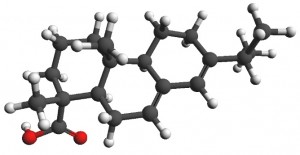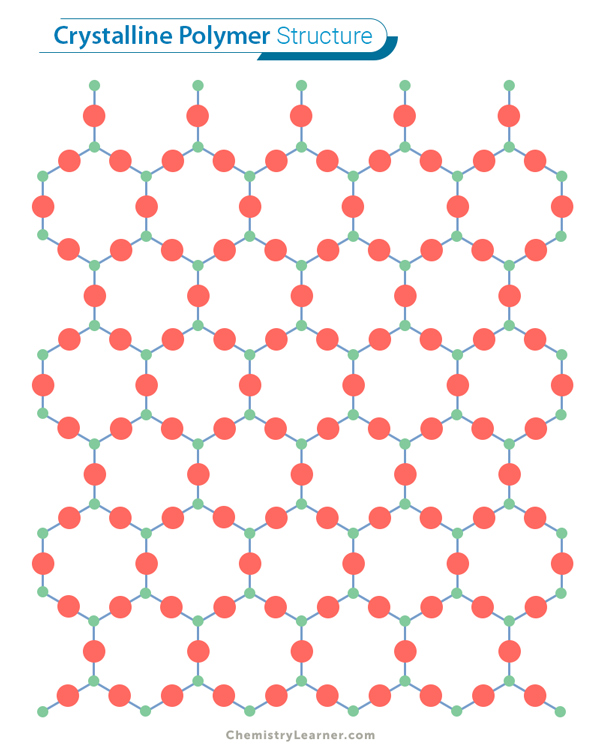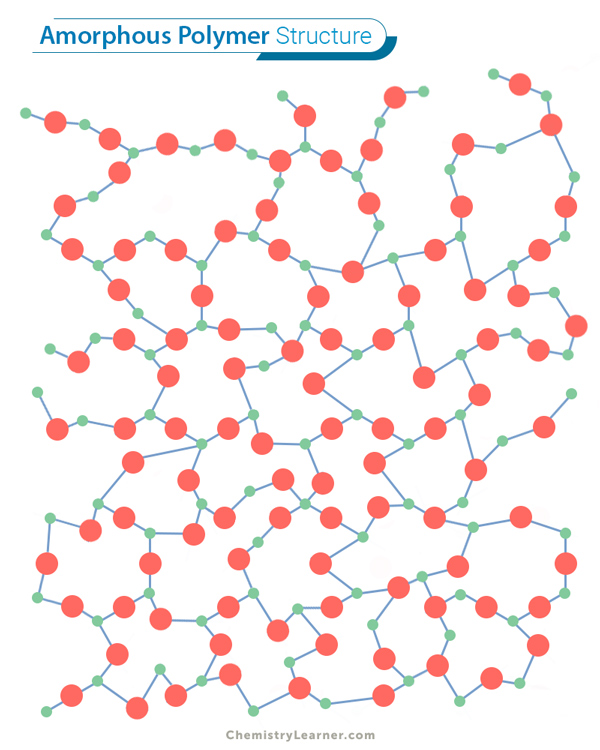Abietic Acid
Abietic acid refers to a yellowish resinous powder, found in rosin from coniferous trees like pine, spruce, and fir. It has a natural occurrence.
Abietic Acid Synonyms
This acid is also known by other names such as:
- Rosin acid
- Abietinic acid
- Sylvic acid
- 13-Isopropylpodocarpa-7-13-dien-15-oic Acid
- (1R,4aR,4bR,10aR)- decahydro-1,4a-dimethyl-7-(1-methyl ethyl)-1-1,2,3,4,4a,4b,5,6,10,10a- phenanthrene carboxylic acid
- (1R,4aR,4bR,10aR)-1,4a-dimethyl-7-propan-2-yl-2,3,4,4b,5,6,10,10a-octahydrophenanthrene-1-carboxylic acid
- 7,13- abietadien-18-oic acid
Abietic Acid Structure
The molecular formula of Abietic acid is C20H30O2. CAS No. of this acid is 514-10-3. Following is the molecular structure of Abietic acid:

Picture 1 – Abietic Acid
Source – en.wikipedia.org
Molecular Weight
The molecular weight of this substance is 302.45.
NMR Spectrum of Abietic Acid
This acid has the following donor acceptor characteristic:
- H donor: 1
- 1H acceptor: 2
- Rotatable bond: 2
- Sterocenter: 4
Abietic Acid EINECS No.
The EINECS No. of this resinous substance is 208-173-3.
Abietic Acid Assay
It has an assay of 97 to 100 %.
Physical Data
It appears in various forms such as yellow resinous powder, crystals or chunks.
Boiling Point
This acid has a boiling point of 250° C at 9 mm Hg.
Melting Point
The melting point of this acid is 173° C.
Flash Point
Its flash point is 187°C.
Abietic Acid Reactivity
It reacts exothermically with both organic and inorganic bases. On reaction with active metals, it produces gaseous hydrogen and a metallic salt. If the solid acid is dry, such reactions are slow.
Solubility
This acid is not soluble in water. It is soluble in substances such as:
- Alcohol
- Ethyl Ether
- Carbon Disulfide
- Chloroform
- Benzene
- Acetone
- Dilute aqueous solution of Sodium Hydroxide
Abietic Acid Uses
This substance has the following commercial uses:
- It is used in organic syntheses.
- It is one of the main ingredients of resin.
- Rosin Acid Ester is used as an ingredient for the preparation of paints and varnish, soaps, and plastics.
This acid is used as a component of adhesives for food packaging, transporting or holding food.
Earlier, it used to be one of the main constituents of pine resin. It was mixed with CFC-113 and deployed as flux for soldering purposes. Since 1996, the use of CFC-113 began to be restricted due to its supposed harmful effects on the ozone layer.
In healthcare, Abietic acid is used as the following agents:
- Antioxidant agent
- Cardiovascular agent
- Anti-inflammatory agent
- Emulsion stabilizer
- Fibrin modulating agent
- Free radical scavenger
- Fibrinolytic agent
This acid may be found in solder flux, paper, wood powder and some wart-healing products along with others.
Abietic Acid MSDS
Stability
It is a stable acid. This acid is combustible. It is not compatible with strong oxidizing agents.
Irritant to Eye, Skin, Respiratory System and Alimentary Canal
- It causes irritation to eyes on exposure. It may cause Chemical Conjunctivitis.
- It is an irritant to skin.
- It is a respiratory irritant. On inhalation, it can result in Pulmonary Edema.
- On ingestion, it may lead to gastrointestinal irritation with nausea, vomiting and diarrhea.
Its chronic effects may be delayed. It can cause Asthma and Allergic Contact Dermatitis.
Irritating properties of this substance may be due to Hydroperoxy and Epoxy oxidation used with Abietic acid products rather than the acid itself.
Data on Toxicity
IVN-MUS LD50 (where IVN=Intravenous, MUS=Mouse, and LD50=Lethal Dose 50 percent kill) of 180 mg kg-1.
Safety Advice
It is advised to avoid contact of this material with eyes and skin.
How To Avoid Abietic Acid Side Effects?
In case of exposure to eyes, immediately use a wash basin. Flush the eyes with plenty of water for at least 15 minutes, intermittently raising upper and lower eye lids. Contact healthcare experts immediately.
If your skin has been exposed to this material, remove the contaminated clothes and shoes. Gently wash the affected skin area with lots of water for at least 15 minutes. Clothes should be washed before reuse.
On ingestion, nothing should be given to an unconscious person. Get medical help. Vomiting should not be induced. If conscious, rinse the mouth of the patient and make him/her drink 2-4 cupfuls of milk or water.
In case of accidental inhalation, move to a fresh, airy surrounding. Seek medical help. Call medical professionals and use artificial respiratory apparatus to breathe in pure air. Oxygen should always be provided immediately to patients suffering from respiratory problems due to inhalation of this substance. Patients should be treated symptomatically and supportively by the physician.
- References
- webbook.nist.gov
- http://www.rdchemicals.com/chemicals.php?mode=details&mol_id=7477
- http://www.chemyq.com/En/xz/xz6/54976spalr.htm





It was very useful